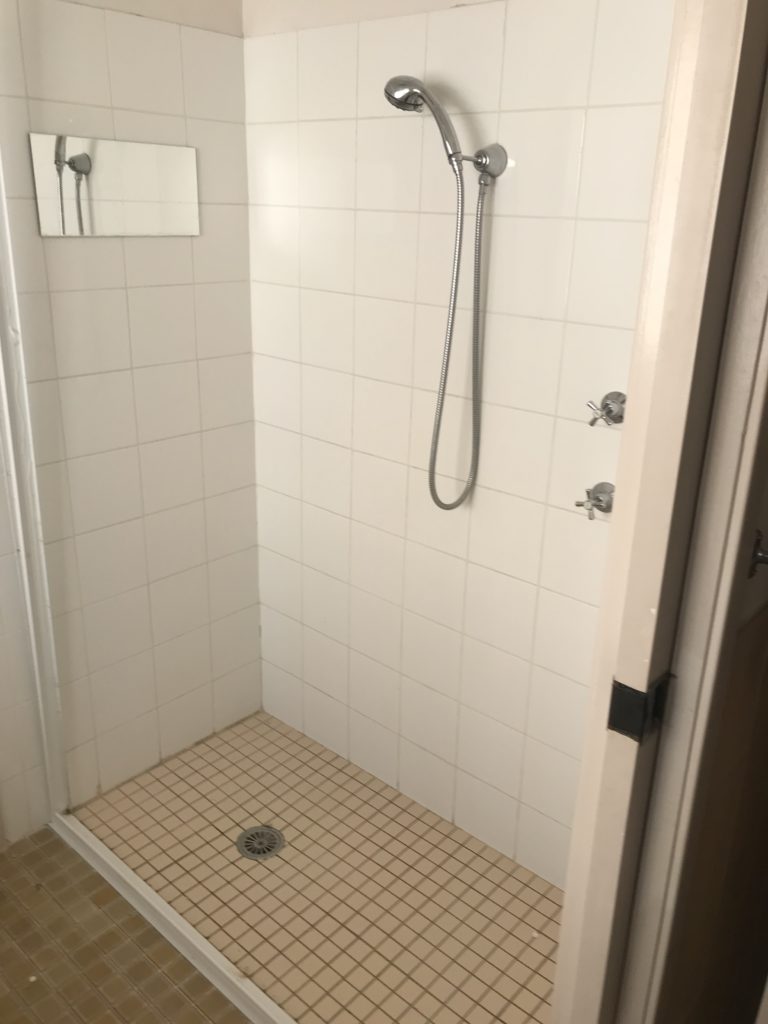Bathroom Renovations and the Use of Kaolinite
Kaolinite is a clay mineral, part of the group of industrial minerals with the chemical composition Al2Si2O5(OH)4. It is a layered silicate mineral, with one tetrahedral sheet of silica (SiO4) linked through oxygen atoms to one octahedral sheet of alumina (AlO6) octahedra. Rocks that are rich in kaolinite are known as kaolin or china clay.
Kaolinite is a common 1:1 dioctahedral phyllosilicate (clay) mineral found throughout the world in highly-weathered environments. Being a 1 : 1 mineral, it has one silica tetrahedral layer and one aluminum octahedral layer. Individual layers are held together in a crystal by O - H - O bonds between the octahedral layer of one crystal and the tetrahedral layer of the one above or below.
The crystallography of kaolinite played an important role in Linus Pauling's formulation of the nature of the chemical bond, although for 15 years kaolinite was thought to be monoclinic (crystallographic axes all equal to 90°) instead of triclinic. Crystallographic axes: alpha, 91.8°; beta 104.7°; gamma, 90°).
The crystal structure displayed to the left, including all H atoms, is based on low-temperature (1.5 °K) neutron powder diffraction data (Bish, 1993) instead of the more common x-ray diffraction data that has been used since the time of Linus Pauling's original determination of the crystal structure of kaolinite in 1930.
Highlighting Features
Porcelain tiles (sometimes called fully vitrified) have a different clay composition and typically fired at 1200-1400 degrees. They are very strong and are highly impervious to water, which is why many companies in Perth use them for bathroom renovations. Porcelain tiles can be unglazed with a polished, natural or textured finish. Alternatively, if glazed, they can be gloss, matte or textured. Semi-polished or ‘lappato’ finish is a textured tile that has been polished to a sheen while maintaining some of the texture and ruggedness.
Natural stone tiles are typically marble, limestone, travertine or granite. As beautiful natural materials they have long been popular in high-end projects. They require more care in laying, with additional maintenance and care after installation. In bathrooms they have largely been replaced by porcelain tile imitations.
Latest manufacturing methods for porcelain and ceramic tiles are now producing imitations that have the appearance of natural stone with the with all the benefits of ceramics, including much lower costs. Additionally, tile imitations of timber, concrete and many other finishes create an almost limitless amount of choice.
Porcelain tiles
These are on the expensive side but porcelain is more durable than other clay tiles like ceramic tiles, therefore, less likely to chip and are better suited to heavy usage areas such as bathroom floors. Another big plus about porcelain is that there is a lot of design flexibility as well, so they can come in a range of colours, finishes, sizes and styles. Your options are endless.
Bathroom renovation with porcelain wall and floor tiles, pedestal bath, shower niche and invisible floor wastes.
To make this bathroom senior friendly, we have a walk in shower and we installed grab rails next to the toilet and bath and inside the shower.
To create the look and finish the client wanted, client wanted the second door from inside the bathroom to the main bedroom to be removed, which we were able to do for them.
Before Photos:



After Photos:



Reasons to Choose Porcelain Tile
Harder than ceramic, porcelain is a fashion-forward flooring choice for bathrooms.
Porcelain tile is a popular choice for bathroom floors. Porcelain is a denser, less porous and harder option that offers greater stain and water resistance than ceramic tile. Plus, it's suitable for radiant in-floor heat to keep feet toasty on cool mornings. Porcelain offers unmatched design versatility. Tiles can mimic natural stone varieties, such as granite and limestone. Newer designs draw inspiration from exotic locales and fashion runways, with surfaces that evoke leather, fabric, even animal prints.
There are two basic types of porcelain tile:
Through-bodied. The color and texture run all the way through this type of tile, disguising chips or scratches. Strong and durable, it contains no glaze that can wear off. It's suitable for floors, walls, and countertops.
Glazed. This tile is completely covered in a wear layer or hard finish that is typically colored. It is strong and dense and offers the widest range of colors and designs.
Porcelain Tile Bathroom Floors
Considerations When Choosing Porcelain TileTough Enough? Porcelain tile stands up to heavy foot traffic, splashed water and will last for years.
How to Clean: Porcelain is easy to clean. Wipe up water immediately, sweep or vacuum regularly, and damp mop weekly. Avoid abrasives such as steel wool and scouring pads. Unglazed porcelain requires more frequent cleaning.
Underlayment. Porcelain tile should be installed on a subfloor that's smooth, flat and rigid. It can go on a concrete slab, cement-based backer board, underlayment-grade plywood, and existing tile if it's in good condition.
The Lowdown. Porcelain is crafted from a mix of fine clays and minerals fired at extremely high temperatures, making it harder and denser than ceramic tile. Porcelain resists staining, water, bacteria and odors. It's difficult to scratch, resists fire and comes in a variety of shapes, colors and styles. Keep in mind that without radiant heat underneath, tile can be cold on your feet, and it can be uncomfortable to stand on for long periods. Also be aware that the tiles can crack and the grout can become stained.